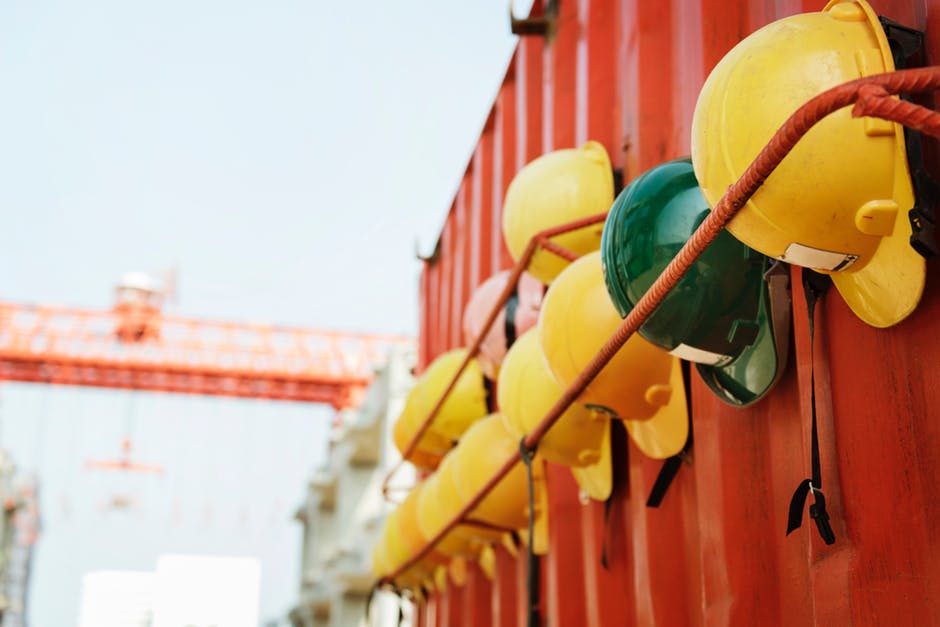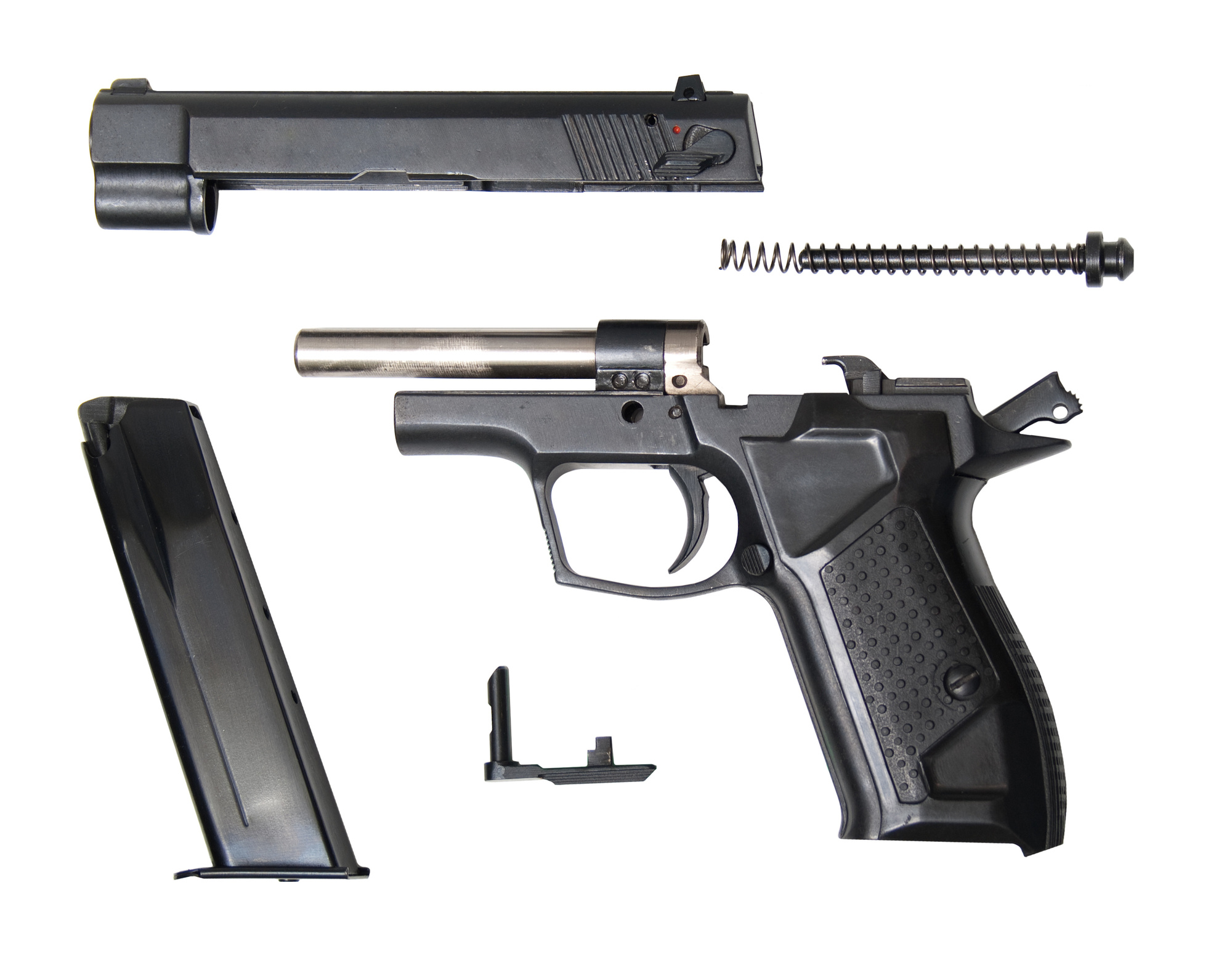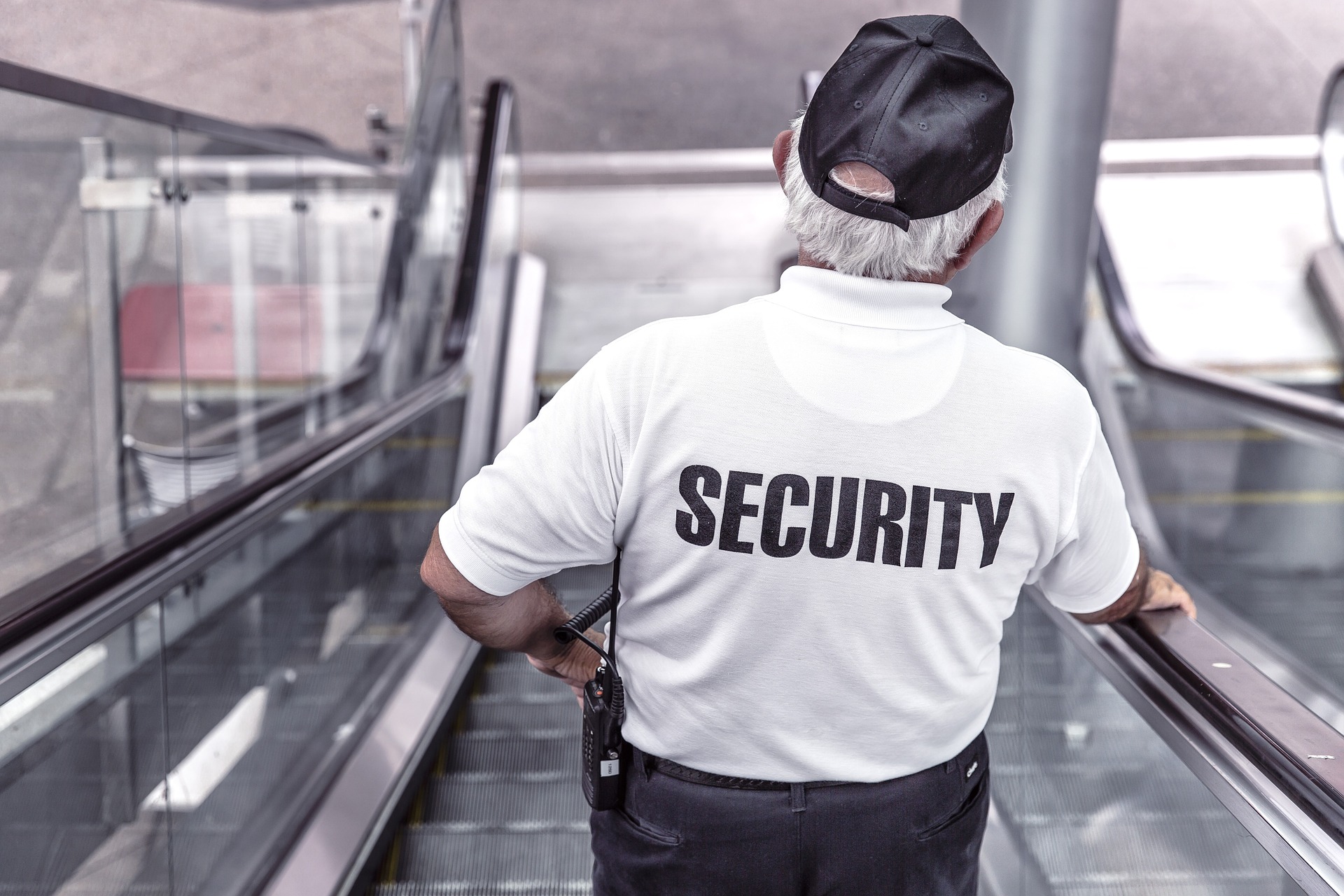In 2018, expenses from nonfatal workplace injuries and illnesses amounted to nearly $60 billion. That equates to $1 billion in weekly spending by employers. You need to know how to maintain safety awareness ideas in your workplace.
These expenditures can have devastating consequences for businesses. Especially those without appropriate plans in place. Instead of waiting for an accident to impact your revenue, productivity, and employee health, get proactive.
Check out these five safety awareness ideas to keep your employees safe and your business protected.
5 Safety Awareness Ideas to Maintain a Safe Workplace:
1. Incentivize Safe Behavior:
Reward employees who consistently follow company rules and put safety first. Small rewards encourage employees to go the extra mile when it comes to following safety best practices. They also provide precedents for other workers to follow.
Not sure where to start when it comes to implementing safety protocol and company rewards? Check out the Safety 2019 safety conference to learn more about workplace safety strategies that work.
2. Provide Proper Training and Equipment:
Training represents one of your most important tools for promoting a safe work environment. So, make sure employees have access to the right training for their positions. And follow up with them to guarantee they complete their training.
Having the correct tools and equipment will also ensure your employees stay out of harm’s way. Ensure that all employees receive comprehensive training for the equipment and tools they’ll use on the job. You can take online osha 10 training as a good starting point.
What’s more, stay on top of equipment and tool maintenance. That includes using protective machine covers to cut down on damage from rust, dirt, oil, and grime.
3. Hire the Right Candidates:
Workplace safety starts as early as the hiring process. As you interview potential employees, consider their qualifications within a safety context.
By working with a company that can help with machine guarding safety, businesses can ensure that they are able to educate the workers on the proper safety protocols at work. Expecting that your future employees will already be trained in safety knowledge is a far-fetched idea.
Pose questions to find out how much attention they pay to details and whether or not they’re open to training and following safety regulations.
4. Understand the Physical Demands Your Employees Face:
Enlist a physical therapist to help you better understand the physical demands of the positions for which you hire. The physical therapist will use their findings to create a Physical Demands Analysis (PDA).
A PDA provides employers with a systematic structure for the evaluation of all non-essential and essential job tasks for each position. It represents a scientifically proven means of assessing the compatibility of an employee with a specific job.
5. Keep the Lines of Communication Open:
Schedule regular meetings to discuss safety regulations and workplace injury and illness prevention. Therefore, during meetings, encourage employees to speak up when it comes to safety and health concerns, and take their suggestions seriously.
Proving over-prepared never hurt any workplace. Moreover, since your employees come with different experiences and perspectives, they can provide you with the information you need to make your workplace, healthy, productive, and safe.
Safety Awareness Ideas to Save You Money:
Did you find these five safety awareness ideas helpful when it comes to your workplace? How will you begin implementing them in your business in the immediate future?
When it comes to the business news you need to succeed, we’ve got you covered. Follow our business blog to remain informed and stay ahead of the entrepreneurial curve.
Read Also:






















